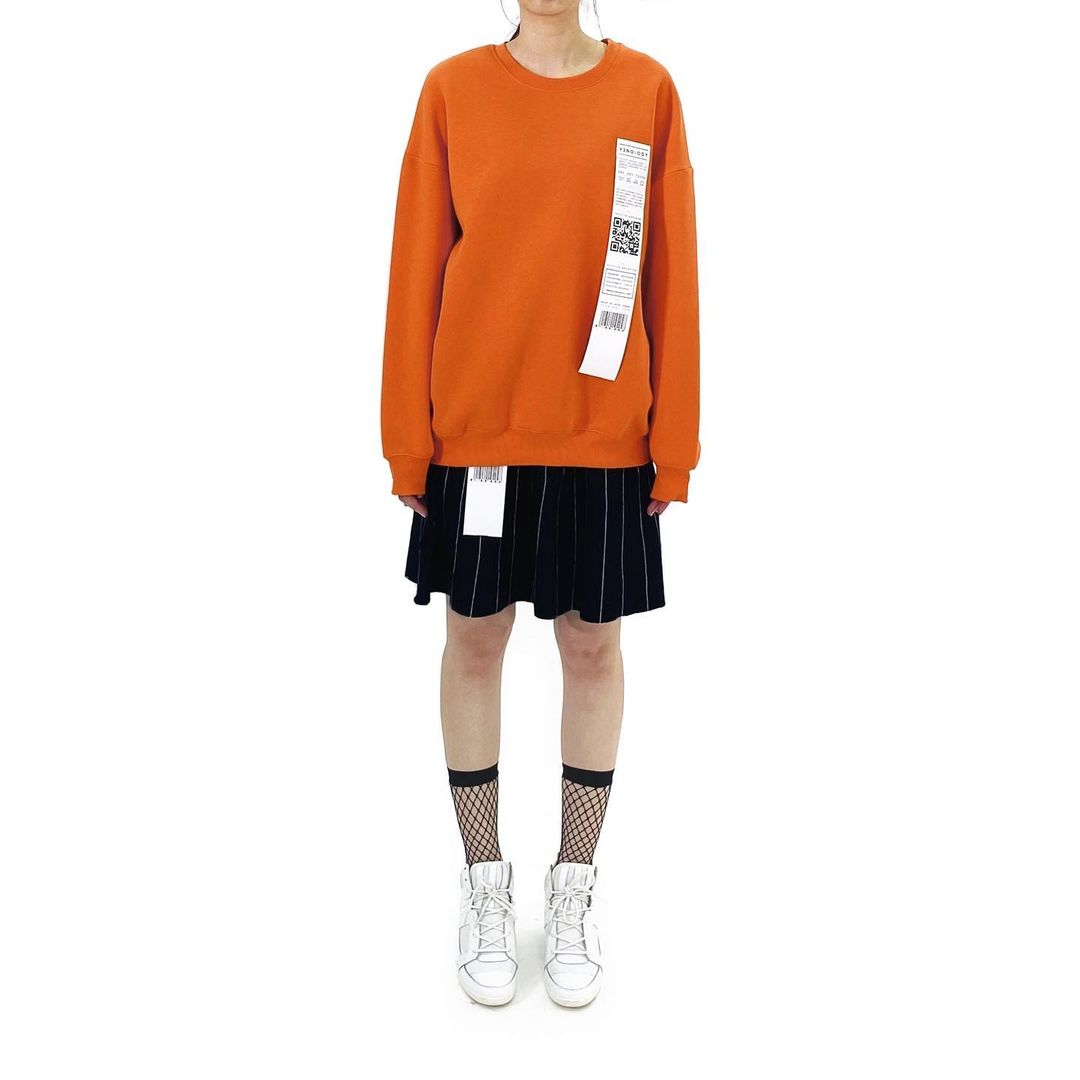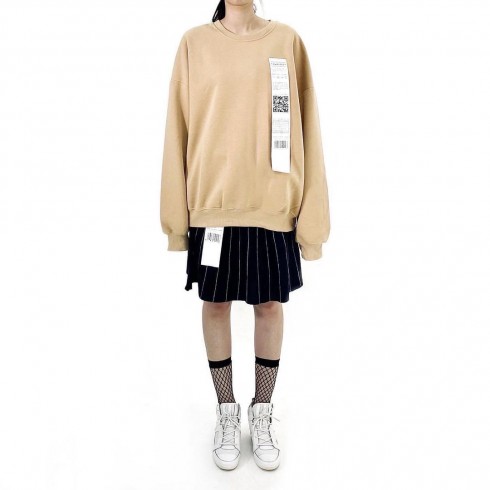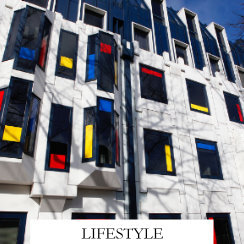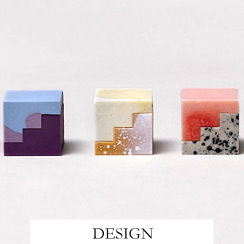In a world where fashion has become Fast Fashion and it is quite difficult to digest and enjoy everything we wear, luxury brands Design team is starting to develop a conceptual and conscious retail brand that places craftmanship and sustainability at the heart of their values. To define a holistic and sustainable lifestyle, with their exclusive handcrafted fashion creations include elegant and timeless pieces, nowadays modern cosmopolitan women who favour effortless, yet sophisticated clothes, combined with relaxed tailored shapes. are able to choose high-quality pieces made of sustainable materials and shearling.
The clothing and textile industry is estimated to produce around 1.7 billion tonnes of CO2 each year; contributing heavily towards global heating. Excessive volumes of water are required to grow the necessary raw materials, and the use of pesticides and other toxic chemicals such as fabric dyes, are damaging soil, biodiversity, and the water sources for local communities. While around 80 billion new garments are produced globally each year, currently 80 per cent of all clothing produced eventually ends up in incinerators landfill sites. Urgent action is clearly required to improve sustainability, but how do you tackle an industry with annual, global retail sales worth more than the Russian economy? A Sustainable Fashion Future - Slow fashion is a movement focused on improving sustainability by challenging social cultures surrounding the industry and encouraging both retailers and consumers to take a more ethical approach to fashion. As the industry continues to accelerate, and with it – its carbon footprint, there’s never been a more important time to consider your purchase choices.

Today’s clothing industry is worth £1.34 trillion in annual global retail sales – that’s equivalent to the combined GDP of the world’s 126 poorest countries. By 2021, this is predicted to reach $1.4 trillion, an increase of around $106 billion or 8.1% since 2016. It doesn’t come as much of a surprise to discover an industry this size, has an equally large carbon footprint. The fashion industry is responsible for around 10% of global carbon build-up, producing 5 times more CO2 than the aviation industry. But carbon emissions are by no means the only environmental threat within the industry. In this guide we highlight some of the critical, global issues surrounding the fashion industry, and what you can do as an individual to support the slow movement and become a more ethical shopper.
Photographer : Alicia P / Post by Jenny Clarks / 6 August, 2021




























